The Civil War is one of the most defining periods in U.S. history, with battles that not only shaped the outcome of the war but also altered the course of the nation. Each battle tells a story of strategy, sacrifice, and turning points that had lasting effects on everything from the structure of the government to the lives of millions of Americans.
Some of these battles are well-known, others less so, but all of them played a crucial role in the conflict and its aftermath. From the bloodshed at Gettysburg to the pivotal moments in Antietam and beyond, here are 17 battles that left an indelible mark on U.S. history and continue to influence the country today.
Battle of Fort Sumter
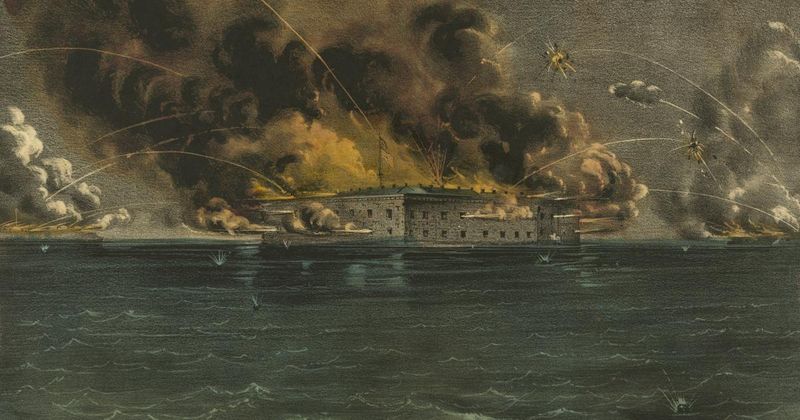
The Battle of Fort Sumter marked the start of the American Civil War. In April 1861, Confederate forces opened fire on the Union-held fort in Charleston Harbor. The intense bombardment lasted for 34 hours, culminating in the fort’s surrender. This engagement galvanized both the North and South, rallying them to their respective causes. Fort Sumter became a symbol of Southern resistance and Northern determination. As the first shots of the Civil War, it set the stage for a conflict that would engulf the nation. Its strategic location made it a focal point for early war efforts.
First Battle of Bull Run
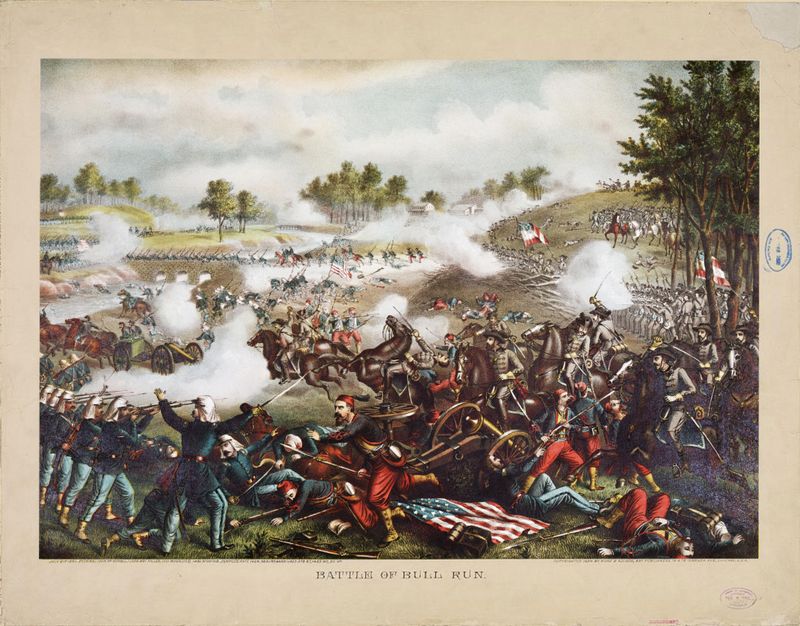
The First Battle of Bull Run, or Manassas, shattered the illusion of a quick war. In July 1861, Union and Confederate forces clashed near Manassas, Virginia. Amidst the confusion, a Union victory seemed possible, but Confederate reinforcements turned the tide. The Union retreat became a chaotic rout, with soldiers and spectators alike fleeing in panic. This battle revealed the war’s grim reality and foreshadowed a prolonged and bloody conflict. It also highlighted the importance of organization and leadership in warfare. Bull Run was a wake-up call for both sides.
Battle of Antietam

The Battle of Antietam was the bloodiest single-day battle in American history. Fought on September 17, 1862, near Sharpsburg, Maryland, it ended in a tactical draw but gave President Lincoln the confidence to issue the Emancipation Proclamation. The carnage was unimaginable, with over 22,000 casualties. Antietam’s impact extended beyond the battlefield, altering the war’s moral and political dimensions. The battle’s ferocity shocked the nation and the world. It underscored the devastating human cost of the conflict and the Union’s resolve to preserve the nation.
Battle of Gettysburg
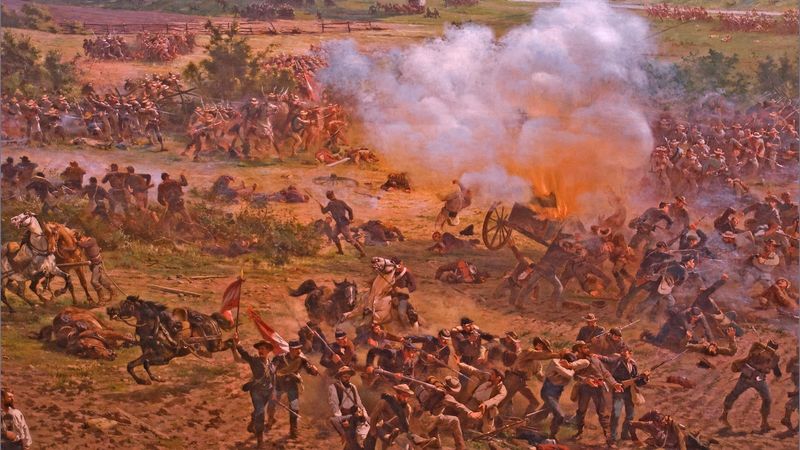
Gettysburg was a turning point in the Civil War. Fought over three days in July 1863, it was the war’s largest battle. The Union’s victory ended General Lee’s invasion of the North. Pickett’s Charge, a desperate Confederate assault, became legendary for its bravery and futility. The battle’s aftermath saw President Lincoln deliver the Gettysburg Address, redefining the war’s purpose. Gettysburg’s significance lies in its pivotal role in the Union’s path to victory. The fields of Pennsylvania witnessed a clash that would determine the nation’s future direction.
Siege of Vicksburg
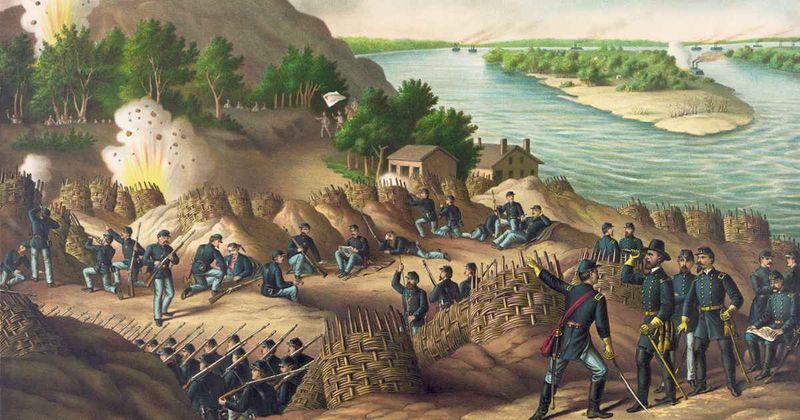
The Siege of Vicksburg was a crucial Union victory. Lasting from May to July 1863, it gave the Union control of the Mississippi River, splitting the Confederacy in two. General Grant’s relentless siege tactics wore down the Confederate defenders. The city’s surrender on July 4th was a severe blow to the Southern cause. Vicksburg’s fall, coupled with the Union victory at Gettysburg, marked a turning point in the war. The successful siege demonstrated the effectiveness of coordinated military strategy. Vicksburg’s significance was felt both strategically and symbolically.
Battle of Shiloh
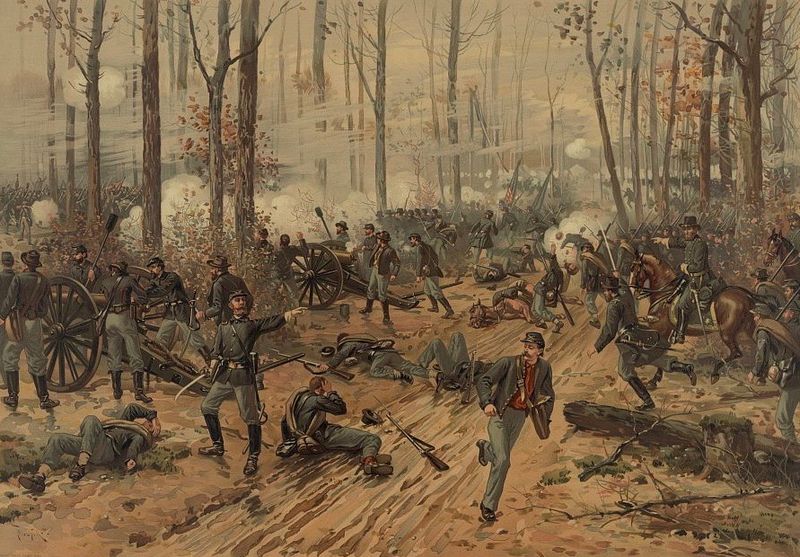
The Battle of Shiloh revealed the war’s brutal nature. Fought in April 1862 in Tennessee, it was one of the bloodiest battles at that point. Union forces, led by General Grant, faced a surprise Confederate attack. The fierce fighting resulted in high casualties on both sides. Shiloh’s aftermath saw renewed calls for better military planning and training. The battle’s outcome secured a Union foothold in the Western theater, paving the way for further advances. Shiloh was a stark reminder of the war’s human toll and strategic challenges.
Battle of Chancellorsville
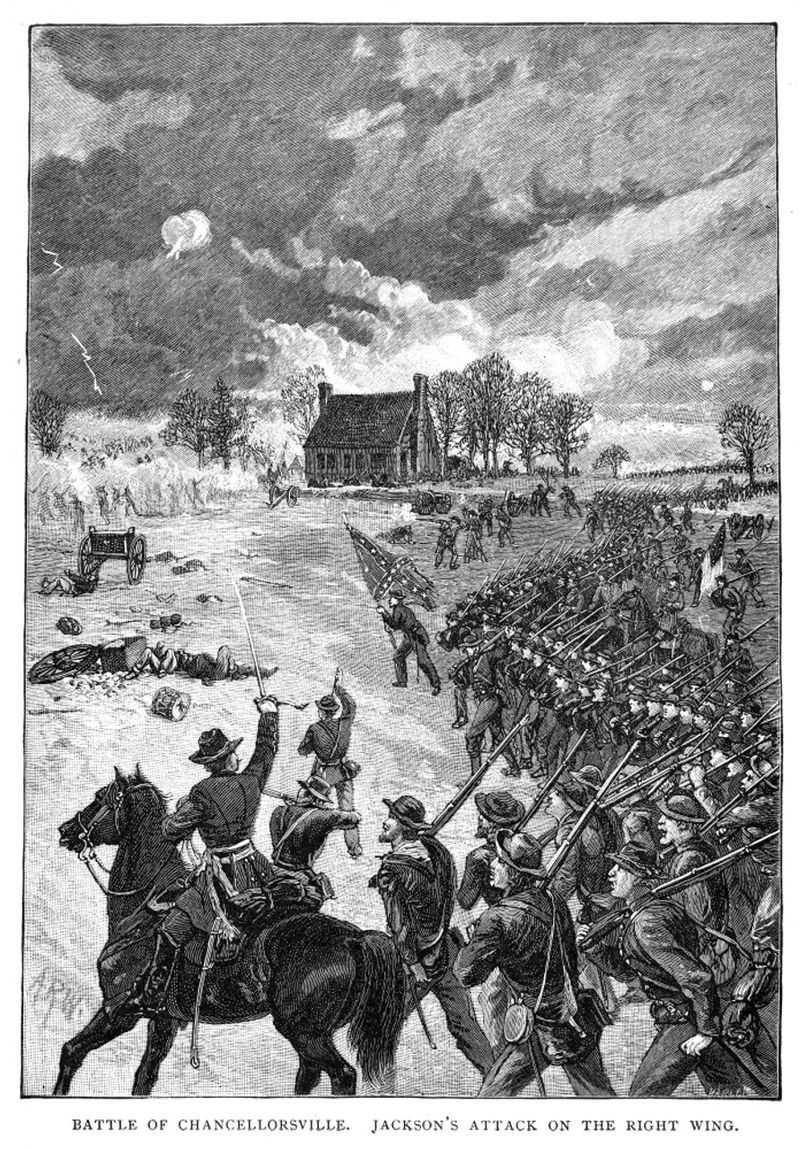
The Battle of Chancellorsville showcased General Lee’s military genius. In May 1863, Lee’s outnumbered Confederate forces defeated the Union army in Virginia. His bold tactics, including dividing his army in the enemy’s presence, led to a stunning victory. However, the loss of Stonewall Jackson, accidentally shot by his own men, was a severe blow to the Confederacy. Chancellorsville is remembered for its tactical brilliance and tragic cost. The battle’s legacy is one of audacity and sacrifice, underscoring the war’s complexity and unpredictability.
Battle of Fredericksburg
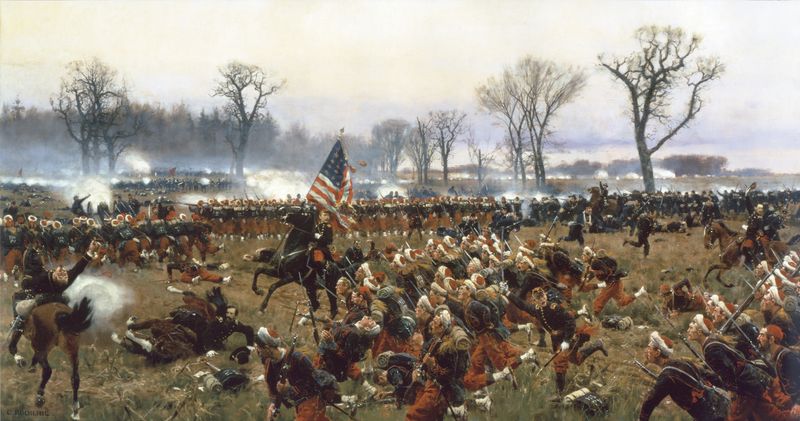
Fredericksburg was a significant Confederate victory. Fought in December 1862, Union forces faced devastating losses in repeated assaults against entrenched Confederate positions. The battle highlighted the futility of frontal attacks in modern warfare. Fredericksburg’s impact resonated with the Northern public, leading to increased war weariness and criticism of Union leadership. The battle emphasized the importance of strategic planning and adaptation. It remains a stark example of the challenges faced by Union forces in overcoming Southern defenses. Fredericksburg’s lessons were hard-learned and long-remembered.
Battle of Fort Donelson
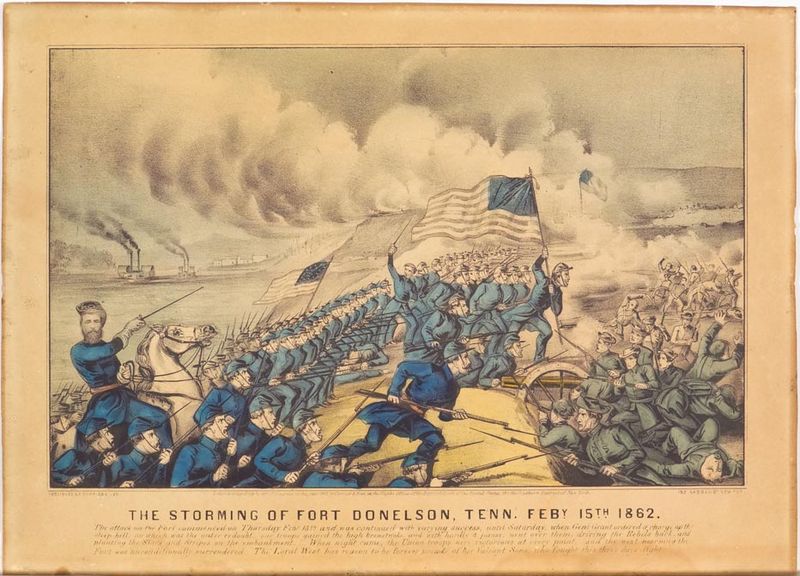
The Battle of Fort Donelson was a key Union victory early in the war. In February 1862, General Grant’s forces captured the Confederate fort in Tennessee. The victory opened up the Cumberland River as a strategic avenue for Union advances. Grant’s demand for “unconditional and immediate surrender” became legendary. Fort Donelson’s fall boosted Northern morale and marked Grant as a rising military leader. The battle’s success showcased the importance of controlling river routes in the Western theater. Fort Donelson was a stepping stone to further Union victories.
Battle of Perryville

The Battle of Perryville was a critical engagement in the Western theater. Fought in October 1862 in Kentucky, it halted Confederate ambitions in the border state. Despite being a tactical draw, the battle’s strategic implications favored the Union. The clash demonstrated the importance of Kentucky as a vital region for both sides. Perryville’s aftermath saw Confederate forces retreating, ensuring Union control of the state. The battle underscored the significance of geography in Civil War strategy. Perryville remains a testament to the war’s complexity and regional dynamics.
Battle of Chickamauga
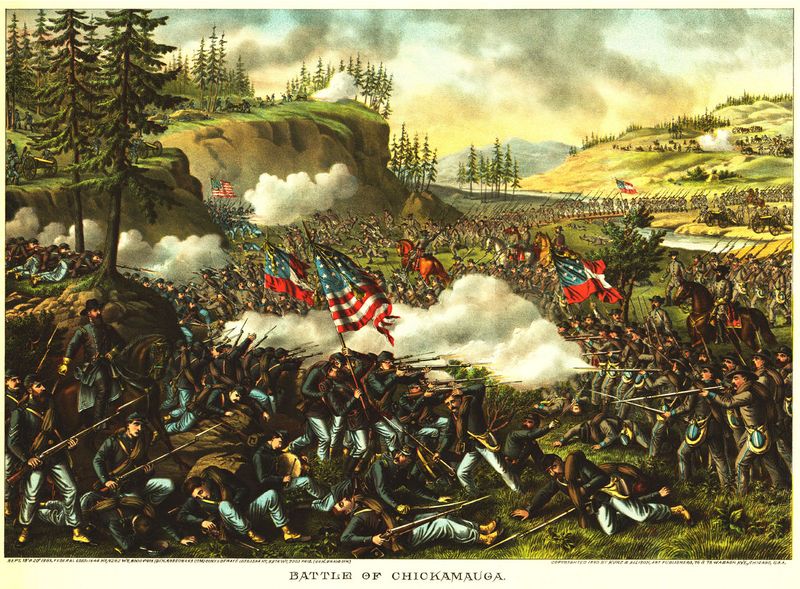
Chickamauga was a major Confederate victory in the Western theater. Fought in September 1863, it was marked by fierce combat in northern Georgia’s rugged terrain. The battle saw the highest number of casualties in the Western theater, second only to Gettysburg in the war. Despite their victory, Confederate forces failed to capitalize on their success. Chickamauga’s outcome led to the Union’s strategic retreat to Chattanooga. The battle highlighted the critical importance of leadership and terrain. Its legacy is one of missed opportunities and tactical lessons.
Battle of Atlanta
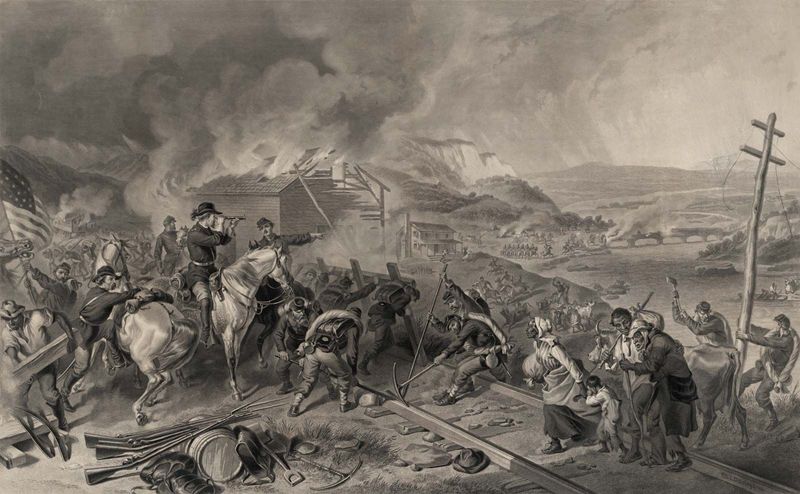
The Battle of Atlanta was pivotal in the Union’s campaign in the South. Fought in July 1864, it was part of General Sherman’s Atlanta Campaign. The Union victory boosted Northern morale and helped ensure President Lincoln’s re-election. Atlanta’s fall was a severe blow to the Confederacy, both strategically and psychologically. The city’s capture disrupted Southern supply lines and marked a turning point in the war. The battle underscored the effectiveness of Sherman’s total war strategy. Atlanta’s significance was felt across the nation, altering the war’s trajectory.
Battle of Mobile Bay
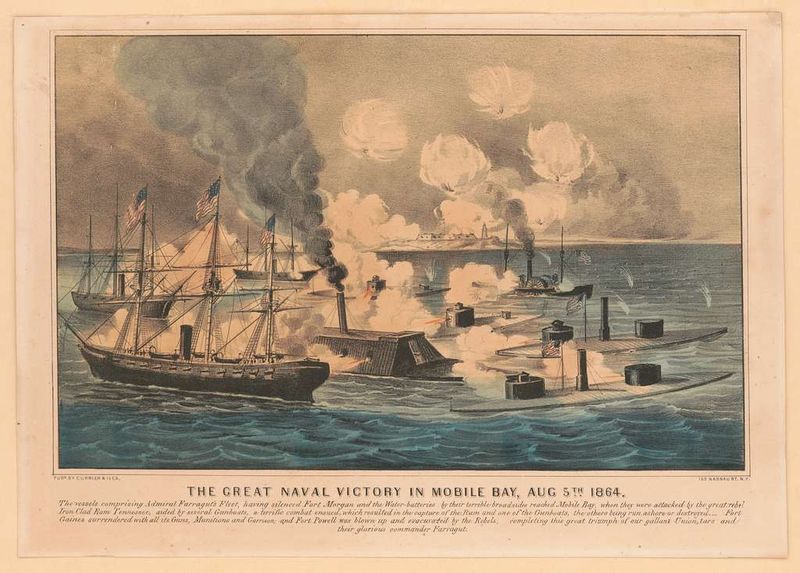
The Battle of Mobile Bay was a decisive naval engagement in August 1864. Led by Admiral Farragut, Union forces successfully breached Confederate defenses, securing a vital Southern port. Farragut’s famous command, “Damn the torpedoes, full speed ahead!” epitomized the battle’s daring nature. The victory closed one of the last major Confederate ports on the Gulf Coast. Mobile Bay exemplified the importance of naval power in the Civil War. The engagement’s success bolstered Union control of the Southern coastline. Mobile Bay’s legacy endures in naval history and popular lore.
Second Battle of Bull Run
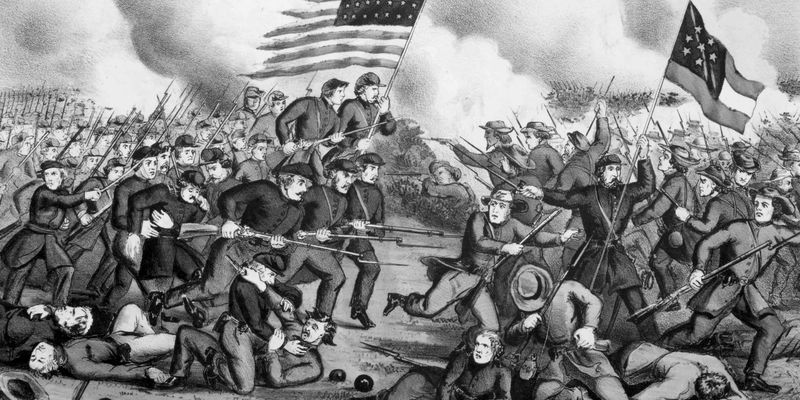
The Second Battle of Bull Run, or Second Manassas, was a significant Confederate victory. In August 1862, General Lee’s army outmaneuvered Union forces in northern Virginia. The battle showcased Lee’s strategic brilliance and solidified his reputation as a formidable commander. Union forces suffered a demoralizing defeat, retreating to Washington, D.C. The battle’s impact extended beyond the battlefield, influencing Northern politics and military strategy. Second Bull Run emphasized the importance of decisive leadership and cohesive action. It remains a testament to the war’s shifting fortunes.
Battle of Cold Harbor
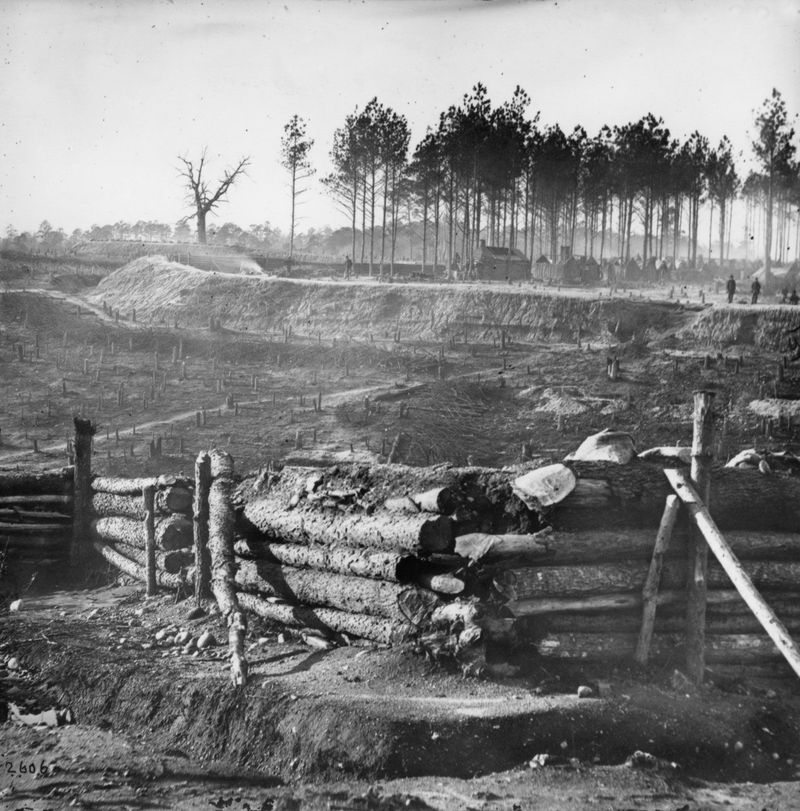
The Battle of Cold Harbor was a devastating Union defeat in June 1864. General Grant’s forces launched futile assaults against well-entrenched Confederate positions near Richmond, Virginia. The battle resulted in massive Union casualties and became synonymous with the horrors of trench warfare. Cold Harbor’s aftermath saw Grant reevaluating his tactics, leading to a war of attrition strategy. The battle highlighted the grim realities of Civil War combat and the importance of strategic adaptability. Cold Harbor’s lessons were hard-earned, influencing future military engagements.
Battle of Appomattox Court House
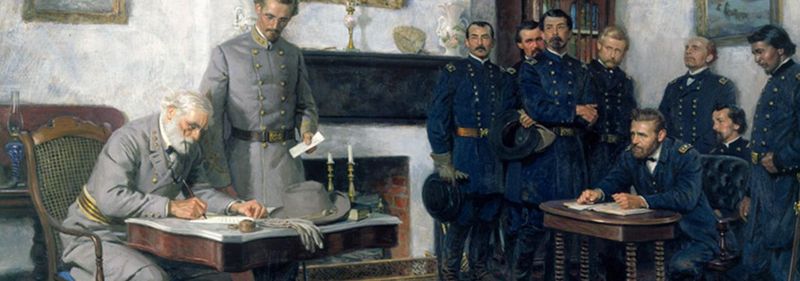
The Battle of Appomattox Court House marked the end of the Civil War. In April 1865, General Lee’s surrender to General Grant in Virginia signaled the Confederacy’s capitulation. The engagement was brief, with Lee acknowledging the futility of continued resistance. Appomattox became synonymous with reconciliation and the beginning of national healing. The battle’s significance lies in its symbolic closure to a deeply divided nation. Lee’s dignified surrender set a tone for post-war reconstruction. Appomattox Court House remains a powerful reminder of the war’s end and its enduring legacy.
Battle of Pea Ridge

The Battle of Pea Ridge was a crucial Union victory in the Western theater. Fought in March 1862 in Arkansas, it secured Missouri for the Union and thwarted Confederate attempts to regain the state. The battle saw the unique participation of Native American troops on the Confederate side. Pea Ridge underscored the importance of controlling border states and maintaining regional stability. The battle’s outcome bolstered Union confidence in the West. Pea Ridge’s legacy is one of diverse participation and strategic significance, contributing to the broader Union victory.
